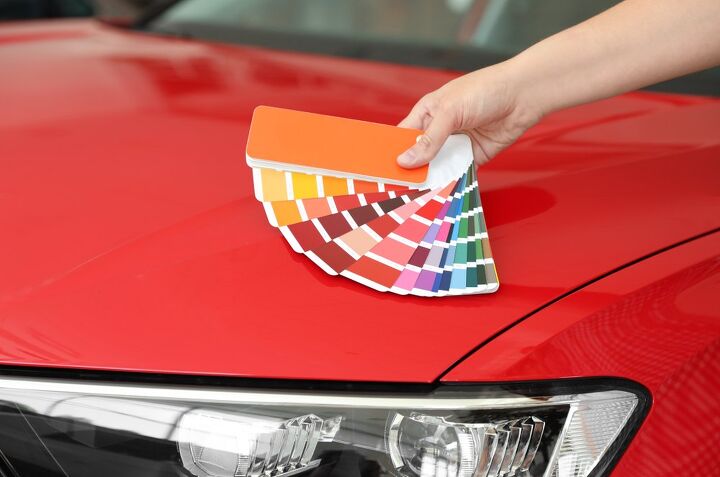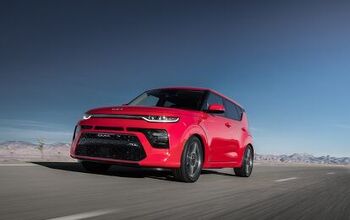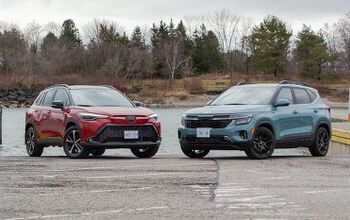You're Least Likely to Crash Driving These Three Colors of Cars
Recent research has shown that the color of a car can impact its likelihood of being involved in a collision. A study from Monash University’s Accident Research Centre discovered a notable difference in crash rates between cars of different colors. Specifically, white cars were found to be about 10% less likely to be involved in an accident during daylight hours compared to cars in darker hues like black, blue, gray, green, red, and pink. This finding emerged from an extensive analysis of crash data reported to the police in two Australian states.
Supporting this data, the University of Auckland conducted a separate study which reviewed over 36,000 two-car collisions from 1998 to 2012. They found that although white cars constituted 21% of registered vehicles, they were only involved in 13.3% of accidents. Conversely, black cars, which made up 11.5% of cars, were involved in 23.4% of collisions.
These studies suggest that visibility plays a crucial role in this phenomenon. Lighter colors like white and yellow are more visible, particularly at night or in poor weather conditions, while darker colors blend more with the road and are harder to see.
Other Factors in Car Accidents
It's important to recognize that while car color contributes to visibility, it's not the only factor influencing accident rates. The driver's skill, environmental visibility, weather conditions, and the car's condition are all significant contributors to road safety.
Choosing a Car Color for Enhanced Safety
Recommended Colors for Safety
When selecting a car, considering its color can be beneficial from a safety perspective. Colors that have been identified as safer due to their high visibility include:
- White
- Silver
- Yellow
Car Buyers' Considerations
Dominic Wyatt from the International Drivers Association advises buyers to consider car color as part of their decision-making process. While it should not be the only factor, choosing a highly visible color could reduce accident risks. This is particularly worth considering for those who prioritize safety.
Car buyers are encouraged to reflect on their choice of car color, balancing personal preferences with safety considerations. A preference for darker colors like black might come with a higher risk of accidents. Therefore, when choosing a car, a second thought about its color could lead to a safer driving experience. After all, a safer ride could be just a paint job away.
Become an AutoGuide insider. Get the latest from the automotive world first by subscribing to our newsletter here.
This article was co-written using AI and was then heavily edited and optimized by our editorial team.
More by AutoGuide.com Staff
































Comments
Join the conversation